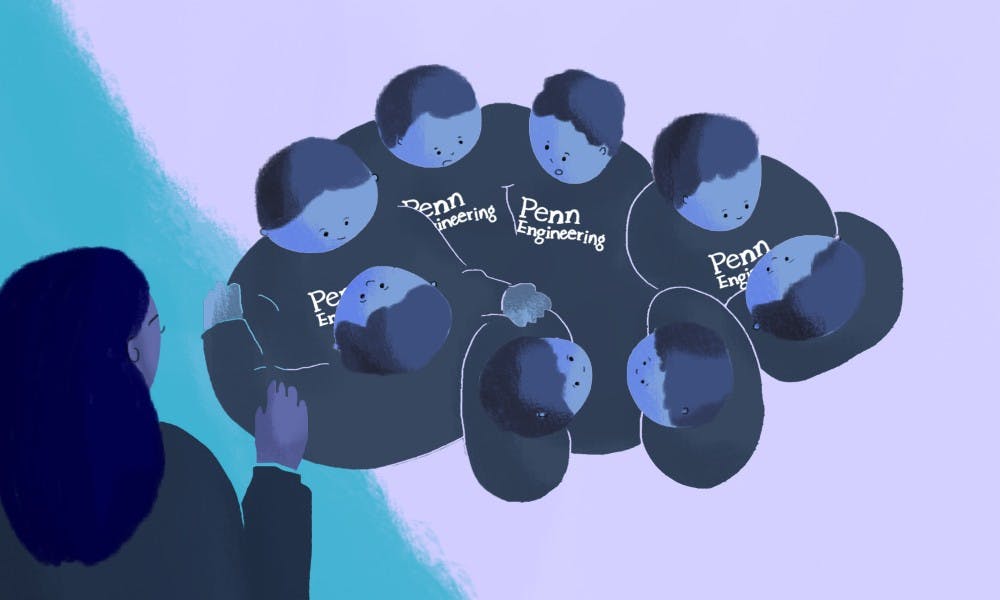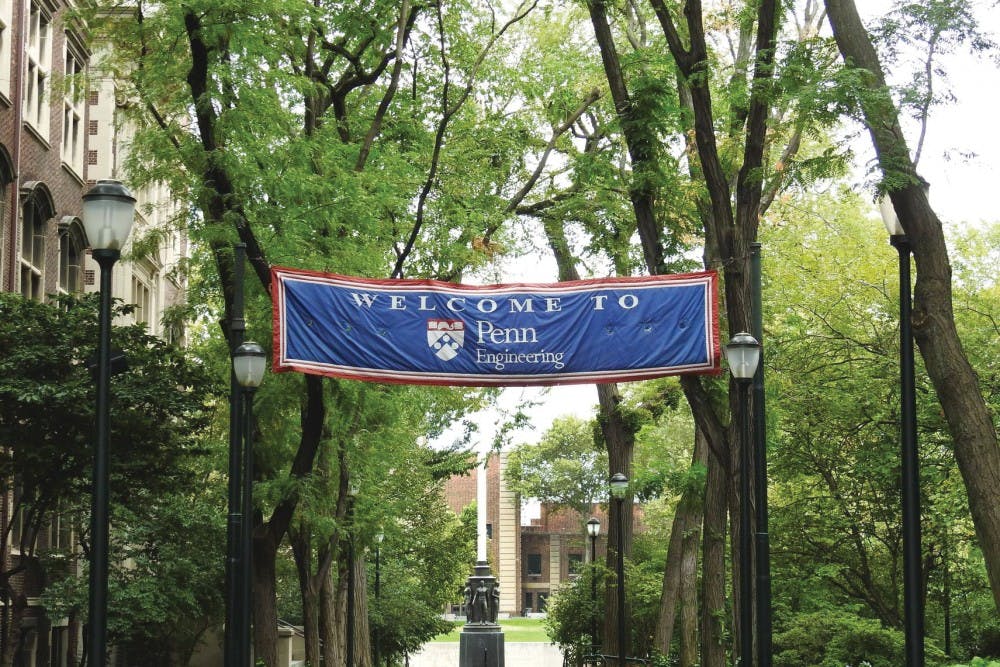
When I found out that approximately 33 percent of Penn Engineering’s class are female students, I remember feeling proud of their efforts to create a more “inclusive” environment. Throughout my time at Penn, however, I have gradually realized that the idea of inclusion extends much beyond a number in the admission statistics. Indeed, 33 percent of the female students enter the class, but it doesn’t show what life at Penn is really like for female engineers.
Upon entering college, I have felt a shift in my confidence level in tech-related areas. In high school, I was relatively good at math and computer science, but somehow my feelings towards these subjects changed over the past few months. Now, when I walk into an Engineering classroom, I often feel that I have to prove my knowledge and capability before anyone takes me seriously. These small incidences pile up to frustration. More importantly, I have realized that these implicit assumptions do not only come from the outside environment, but they have also come from myself.

File Photo
In fact, I am not alone in my doubtful feelings towards myself. From “The % Project”, an initiative by Women in Computer Science (WiCS) last year, around 70 percent of females, 40 percent of non-binary, but only 10 percent of male students have had someone claim to them that their gender identities have unfairly contributed to their acceptance to Penn Engineering. This clearly demonstrates a difference in the confidence levels across different gender groups: a large portion of female and non-binary students felt that their admission into Penn benefited from their gender rather than their previous achievements and their skills, and that they were perhaps not as qualified as their male peers.
Inclusion is not just about the amount of female engineers entering Penn, but also about making them feel that they belong here. This sense of belonging, as the data from "The % Project" suggests, has not yet been found by most of my peers. Student groups like WiCS and Society of Women Engineers make efforts to create such communities for female Engineering students, yet the need for these clubs, on the other hand, also implies lack of the sense of belonging for female students in the community. Moreover, the low number of male allies in these student groups also seems to suggest that most male students at Penn tend to overlook these issues in the community.
Additionally, while there had been an effort by Penn to hire more minority faculty members, the results have not been obvious in the Engineering school. Over the two semesters I have been at Penn, I have had five CIS professors, and all of them were male professors. Without seeing any representation of female faculty around, it is difficult for me to find role models to look up to, and I couldn’t help but feel distant from this community.
Increasing admission statistics is the first step of inclusion, but it’s not enough. Making Penn Engineering — and Penn in general — a more inclusive place should be a mission beyond admissions. As a school, Penn could focus on raising awareness of this issue, especially through training the TAs and professors who serve as representative figures in the community. More importantly, the change needs to come from ourselves — to be confident, to recognize and avoid making judgements, and to spread awareness in order to achieve eventual inclusion in the community.

CATHERINE QIAO is a Engineering and Wharton freshman from Shanghai. Her email address is jqiao22@wharton.upenn.edu.
The Daily Pennsylvanian is an independent, student-run newspaper. Please consider making a donation to support the coverage that shapes the University. Your generosity ensures a future of strong journalism at Penn.
Donate




